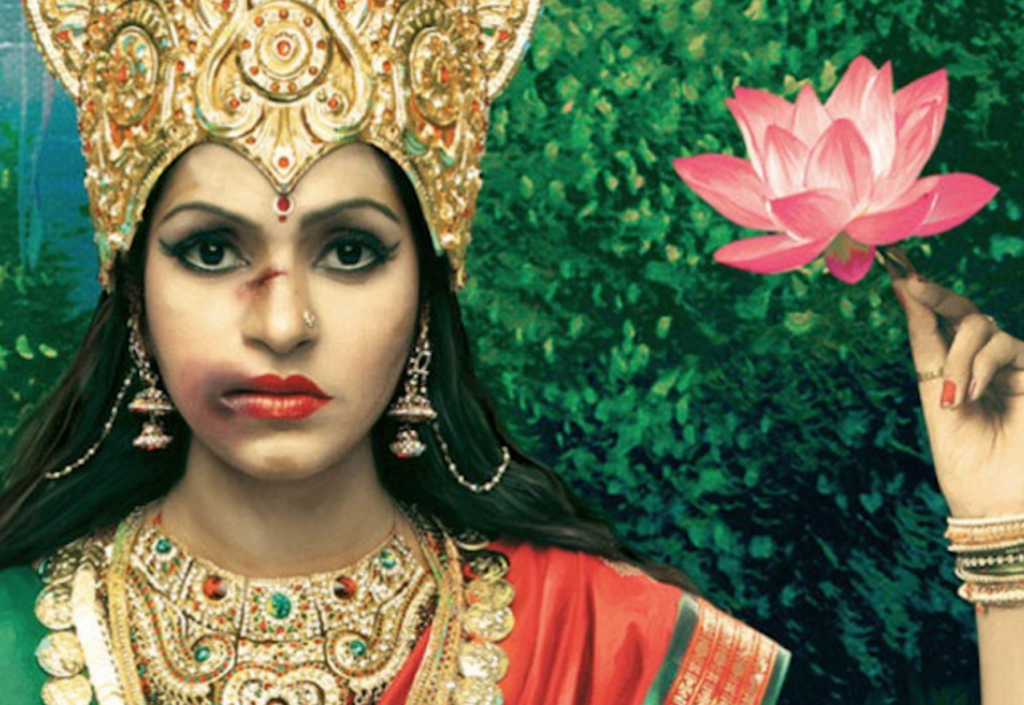“Violence against women is a structural and systematic problem. Intrusive examinations, unresponsive police, and low conviction rates deter women from reporting violence.”
Understanding and combatting the various levels of violence
Within Indian society, social, political and institutional factors lead to a culture of violence against women. This is visible at the individual, interpersonal, community and society level. Known as the social ecology model, this demonstrates how violence against women is normalized and sustained within various levels of society, and more so, how each level interrelates to create systems of oppression.
The levels of the social ecology:
- The societal level: reflects the responses to violence against women shaped by law, policy and state services.
- The community level: demonstrates the societal norms regarding power and gender. Various institutions, such as hospitals, schools, the police, and the judicial system reflect these norms. Cultural practices and religious beliefs strongly influence these institutions.
- The interpersonal level: is in regards to the attitudes and behaviours asserted within interpersonal dynamics. For example, between a husband and wife or father and daughter. Broader social norms related to gender dictate these relations. — particularly those that subordinate women and justify violence.
- The individual level: people’s compliance with traditional gender norms, such as constructions of masculinity and femininity. Women and girls experience the physical and emotional implications of violence at this level.
We must undertake a holistic approach to ending violence against women due to the systemic nature of this problem. Can we compliment changes at one level with simultaneous changes in the others? This will lead to sustainable and progressive changes that promote gender equality and liberate women from violence.
In this three part series, I will discuss the various levels of violence against women within Indian society. Today I will focus on how the society and community sustain violence. How violence against women has deep roots, particularly within the formal institutions that govern Indian society
Society level
Violence against women was really brought to the forefront of the political agenda in India after the brutal gang rape of Nirbhaya in Delhi in 2012. The Indian Government responded to public pressure and global outrage with the implementation of the Criminal Law Amendment Act (2013), also known as the Nirbhaya Act. These legal provisions are in place to protect women from physical, emotional and sexual violence. There are harsher punishments for sexually violent crimes- including the death penalty for rape. Punishable crimes include acid attacks, non-penetrative sex, disrobing a woman, sexual harassment and stalking. However, marital rape is still not. Despite this, these changes demonstrated progressive changes towards ending violence against at women at the societal level.
Did women at the grassroots feel these changes?
Whilst, in theory, these changes should have benefited women in India, violence against women continues to increase. According to National Crime Records Bureau, between 2011 and 2015, crimes against women increased 43% from 228,650 to 327,394 reported cases.
Why, even after legislative changes to protect women, does violence against women not only continue but increase?
Because these changes remain ineffective without the support and alignment of changes within the other levels of the social ecology. Ending violence against women requires a systematic approach. We must tackle each level of society where this occurs as an integrated whole. Formal institutions must change if legislative changes are to have a positive, wide-reaching impact. They can no longer exhibit patriarchal ideologies and beliefs founded on religious and cultural customs. They can no longer display cultures that justify violence against women and subordinate women.
Community level
Institutions can be helpful or harmful in the fight to end violence against women. They can either promote gender-equitable norms that prevent violence or exhibit inequitable norms that perpetuate violence. In India, formal institutions like hospitals, the police, and the judicial system often fail to protect women from violence. These institutions still reflect patriarchal ideologies that normalize violence and subordinate women. As a result, women feel that they don’t have access to emotional, physical and legal support. Women continue to feel unsafe in reporting the violence against them. Perpetrators still feel able to commit violence against women.
Hospitals
In hospitals and medical surgeries in India, invasive and degrading examinations known as the ‘ two-finger test’are still used to assess whether women have been raped. Police and doctors often use these tests to discredit women’s reports of rape in the court of law. Women fear the stigma. They fear no one will believe them. Moreover, these tests re-victimise and traumatise women again. As a result, women don’t report violence or access to healthcare services.
Police
In India, the Human Rights Watch have found that police will often not follow protocol or comply with new policy reforms when dealing with women’s reports of rape and violence. Police delay or ignore investigating rape claims. They put pressure on women and their families to settle or drop charges against perpetrators. Often they fail to protect women from threats and further abuse. And even dismiss women’s reports if she acts differently to how they think a rape victim should act. This means women must prove they have experienced violence. Implicitly translating to a culture of victim blaming.
Judicial system
The judicial system in India also contributes to the sustained violence against women. There remain to be low conviction rates for rape crimes, especially in relation to other crimes. For example, according to National crime data, in2015 only 7185 reports of rape were convicted of the 34,771 that were reported. This screams loud and clear that even when people report rape, just is not a given.
Concluding statements
Looking at these two levels of society, we can see how violence against women is a structural and systematic problem. Intrusive examinations, unresponsive police, and low conviction rates deter women from reporting violence. Research suggests that less than 5% of women in India approach these places for help. Moreover, formal institutions undermine legislative changes. They fail to protect women.
Next week
Next week I will look at the other two levels of the social ecology. I will focus on how violence against women occurs in interpersonal relationships and due to individual beliefs.
Author

Taylor Deacon-King has just finished her Masters in Emerging Economies and International Development at King’s College London. She is passionate about women’s empowerment and grassroots development, with a particular focus on including men in gender work and changing gender norms. Taylor loves reading, traveling and writing.
You may also like…
Violence Against Women In India – Part 3
Violence Against Women In India – Part 2
